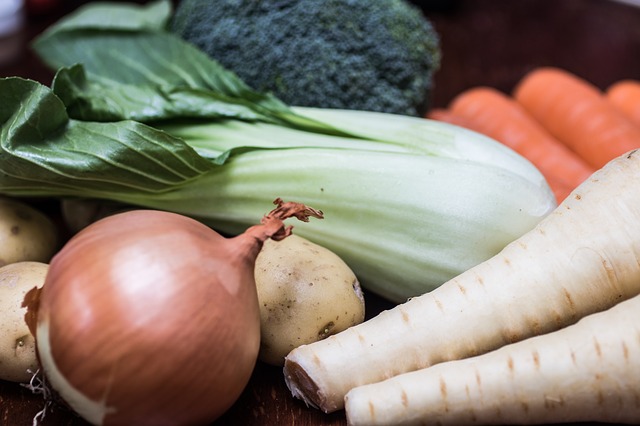If you’re new to preparedness, this quick-start guide will help you accomplish some of the basics that every preparedness plan needs. Those of you who have been preparing for a while, you might want to forward this along to those people you know who might consider preparing at a basic level.
You May Also Enjoy:
“The 5-Minute Prepper #5: Buy Items Wisely”
Think of this as Family Insurance. This Family Insurance is what you can count on in a crisis, disaster, or emergency. Just like any other insurance, it’s there when you need it, so you can continue to provide for your family. And best of all, there’s no paperwork to fill out and no regular monthly checks to write in order to be able to use it.
This is preparedness at its most basic level. Being prepared to continue providing for your family is a good idea, as they will be looking to you for the answers in times of crisis.
You May Also Enjoy:
Make it a goal to accomplish these 10 basic things that will put you far ahead of others when an unexpected event happens. Come up with a solution for each of the following, with the understanding that you can’t just go stay with a relative across town. For an expansion on these solutions, check out “The Preparedness Capability Checklist.”
- Have 2 week’s worth of food to eat when stores are closed or shelves are empty.
- Find a solution for cooking without electricity or your stove.
- Have bottled water for a week’s worth of drinking and a solution to obtain clean water when the tap water stops flowing and the stores are closed.
- Find a solution to keep warm/cool when the power is out.
- Find a solution for light when there is no power.
- Have a way to use the rest room, even when there is no water pressure.
- Have a plan in case you need to leave your home in the event of fire, etc.
- Find a solution to add to your security, in case someone tries to break in.
- Make sure you have copies of important documentation that is easy to grab or is stored off-site, including backups for your computer.
- As these are only the basics, make a list of prep tasks that increases your preparedness beyond the basics and start chipping away at.
________________
This is an updated version of an article that was originally published on October 10, 2013.
Rob Hanus is the author of “The Preparedness Capability Checklist: A Planning and Evaluation Tool for Becoming More Self-Reliant,” an easy-to-read book that offers the absolute best method for intelligent and deliberate prepping. Rob is also host of the Preparedness Podcast.
The Grow Network is a participant in the Amazon Services LLC Associates Program, an affiliate program designed to provide a means for our team to earn fees for recommending our favorite products! We may earn a small commission, at no additional cost to you, should you purchase an item after clicking one of our links. Thanks for supporting TGN!
Marjory Wildcraft is the founder of The Grow Network, which is a community of people focused on modern self-sufficient living. She has been featured by National Geographic as an expert in off-grid living, she hosted the Mother Earth News Online Homesteading Summit, and she is listed in Who’s Who in America for having inspired hundreds of thousands of backyard gardens. Marjory was the focus of an article that won Reuter’s Food Sustainability Media Award, and she recently authored The Grow System: The Essential Guide to Modern Self-Sufficient Living—From Growing Food to Making Medicine.









COMMENTS(1)
Great! We are prepped.